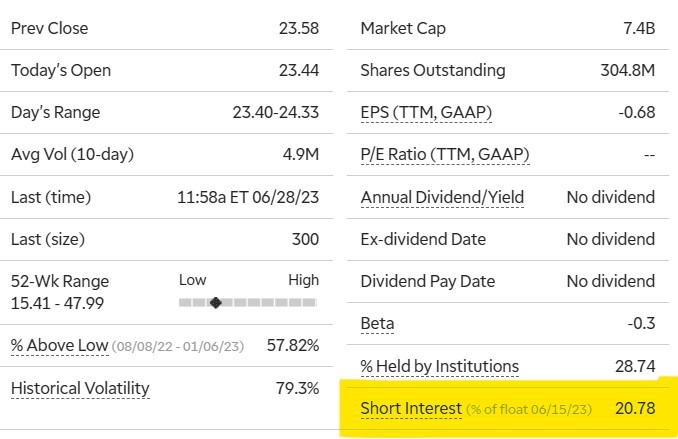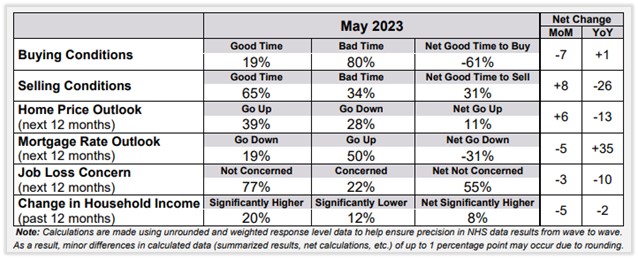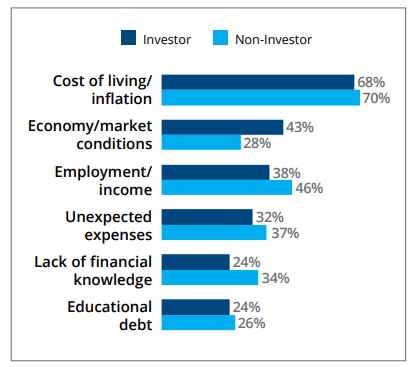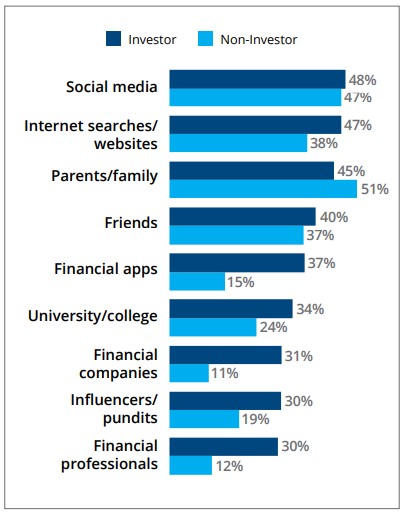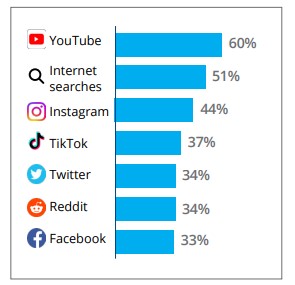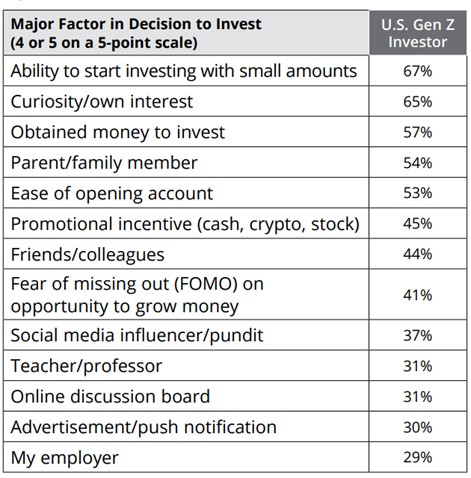
The Basics of Creating an Investment Plan
One investment tool used by professionals far more often than self-directed investors could prove beneficial to individual retail investors to prevent their portfolio from chasing stocks that may have already had their run, or holding for too long, or even selling just as the company is about to rise. And it’s created by the investors themselves, at times with the help of a wealth advisor. A written Investment Policy Statement (IPS) even at the most basic level, can go a long way to commit to building a portfolio to fit one’s purpose and in ways true to that purpose.
What is an IPS?
An Investment Policy Statement (IPS) is a detailed framework that outlines an individual’s approach to investing to achieve their financial goals. Put another way, it’s a compass that helps investors keep their bearings and make sober decisions about their investments based on their risk tolerance, time horizon, financial objectives, and other relevant factors.
What’s Included in an IPS?
Financial Goals: Clearly define short-term and long-term financial objectives, such as saving for retirement, buying a home, funding education, or starting a business is the best starting point.
Risk Tolerance: Everyone wants the best of both worlds, but risk can work against you. Assessing one’s risk appetite or willingness to tolerate market volatility and potential losses should be an honest conversation with oneself. It should then be defined and adhered to when determining the proportion of investments exposed to higher-risk versus lower-risk assets.
Asset Allocation: Asset allocation can help the investor balance risk using non-correlated assets so the positions don’t all tend to move together, up and especially down. Determining the optimal mix of asset classes like stocks, bonds, real estate, gold, or cash based on risk tolerance, time horizon, and financial goals is just the beginning. A person with long-term goals may wish to review the history of small-cap stocks to large-cap stocks and allocate more of their stocks to the more historically volatile, but better performing small-caps. Similarly, someone with a short time horizon may determine a larger allocation of bonds suits their financial goals best, and then perhaps choose shorter duration or higher quality bonds.
Diversification: Spreading investments across different asset classes, industries, geographies, and investment vehicles to reduce risk and enhance portfolio stability. Diversification minimizes the impact of adverse events on the overall investment performance.
Investment Selection: Identify specific investments, such as individual stocks, exchange-traded funds (ETFs), or bonds, that align with the chosen asset allocation and meet the criteria for risk, return, and other preferences. Resources available to individuals today, including from retail brokers and online research and data from sources like Channelchek can provide insights into risk and reward.
Monitor and Review: The IP document should define how often you’ll assess the investment portfolio’s performance, making adjustments as needed while staying true to your stated financial goal. Staying informed about changes in market conditions and investment opportunities along the way will help the review.
Benefits and Importance of IPS for Individuals
Clarity and Focus: An IPS takes the fuzziness out of investing in a world with so many options. It helps individuals define and articulate their financial goals and align their investment decisions with those objectives. It may not be a precise roadmap, but it can serve as a compass helping to reduce costly impulsive or emotional investment decisions.
Risk Management: By assessing risk tolerance and designing an appropriate asset allocation, an IPS helps individuals manage risk effectively and avoid overexposure to any single investment or asset class. Risk management can include rebalancing your portfolio, selling a bond if it drops below a certain investment grade, and making sure any stock you purchase trades with ample volume for better execution and timing.
Consistency and Discipline: An IPS encourages individuals to maintain a long-term perspective and stay committed to their investment strategy, even during periods of market volatility or short-term fluctuations.
Maximizing Returns: An IPS may even help remind you that you have too much money sitting in low yielding bank accounts. Through diversification and thoughtful investment selection, an IPS aims to optimize investment returns while minimizing unnecessary risks that don’t match your goals.
Adaptability: An IPS is not a static document. It should be periodically reviewed and adjusted to accommodate changes in personal circumstances, market conditions, and financial goals.
Downside Risk of an IPS
The problem with the idea of creating an IPS is that so few take the time to actually write one. It requires thinking through your goals, and determining what expected returns are in different asset classes, and then breking those down further for security selection. While this may seem like a lot of work, if it improves the outcome toward meeting a goal, or provides confidence one will meet the goal, it is worth the investment in time.
If it seems overwhelming, don’t get lost in too many details to start, just include the basics. The following may help take the mystery out of what a basic Investment Policy Statement can look like:
Financial Goals:
Short-term goal: Save $35,000 for a down payment on a house within the next three years.
Long-term goal: Build a retirement nest egg of $1 million over the next 30 years.
Risk Tolerance:
Moderate risk tolerance: Willing to accept some market volatility in pursuit of higher returns.
Asset Allocation:
Equities (stocks): 60% of the portfolio for long-term growth potential.
Fixed Income (bonds): 30% of the portfolio for stability and income generation.
Cash and Cash Equivalents: 10% of the portfolio for liquidity and emergency funds.
Diversification:
Within equities: Include 60% index large-cap funds, 20% large-cap individual stocks (no more than 5% of portfolio each). Include 20% small-cap stocks, 10% in a small cap index fund and 10% in individual stocks diversified across different sectors (technology, healthcare, finance, etc.). All equities U.S. based companies.
Within fixed income: Ladder maturities evenly out to seven years maturity. Include bonds rated BB or above, no municipal bonds.
Monitoring and Review:
Regularly review the portfolio’s performance and make adjustments as needed. Seek to rebalance quarterly beginning September 15, 2023.
Stay informed about market trends, economic indicators, and any changes in the individual investments. Subscribe to trsuted news sources like no-cost Channelchek daily emails.
Reassess the investment strategy periodically to ensure it remains aligned with financial goals and changing circumstances.
Please note that this example is generalized and should not be considered personalized investment advice.
Take Away
Overall, a written investment policy can provide individuals with a structured approach to investing, increase their chances of achieving their financial objectives, and help them navigate the complexities of the investment landscape more effectively.
Managing Editor, Channelchek





